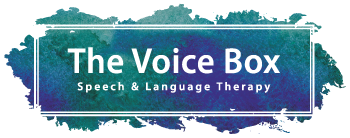Childhood articulation Difficulties
With a sprinkle of parental love and a dash of speech activities, we’ll conquer those tricky sounds.
Parents, you’re the secret weapon in your child’s speech success – let’s team up and make a difference!
Childhood articulation difficulties refer to challenges that children may experience in accurately producing and pronouncing speech sounds. These difficulties are part of a broader category known as developmental sound disorders (DSD), which occur during the typical process of speech and language development in children.
In developmental sound disorders, children may exhibit errors in producing specific speech sounds or may substitute one sound for another. For example, they may struggle with substituting “th” with “f” or have difficulty pronouncing sounds at the beginning or end of words.
Therapy approaches for addressing developmental sound disorders can vary, but some common techniques include:
Articulation Therapy: This approach focuses on teaching children the correct placement and movement of their articulators (e.g., lips, tongue, and jaw) to produce specific speech sounds. It involves breaking down the target sound into smaller, manageable steps and providing repeated practice and feedback.
Minimal Pair Contrast Therapy: This approach emphasizes contrasting pairs of sounds that the child confuses or substitutes. For example, if a child struggles with differentiating “p” and “b” sounds, they would be given practice with words like “pat” and “bat” to highlight the distinction.
Phonological Awareness Training: Phonological awareness refers to a child’s understanding and recognition of the sound structure of language. Therapy approaches that focus on phonological awareness help children develop skills such as identifying and manipulating individual sounds in words. This can support the generalization of correct speech sound production.
Visual and Tactile Cueing: Visual and tactile cues, such as using mirrors, hand gestures, or touch cues, can assist children in perceiving and producing speech sounds accurately. These cues provide additional sensory feedback to help children become aware of the correct articulatory movements.
Home Practice: Involving parents or caregivers in the therapy process is crucial. Therapists often provide strategies and activities for home practice, enabling children to reinforce newly learned speech sound skills in familiar environments.
Therapy approaches may vary depending on the individual child’s needs, severity of the sound disorder, and the expertise of the speech-language pathologist. Early identification and intervention, along with consistent therapy, play a vital role in helping children overcome articulation difficulties and develop clearer speech skills.





